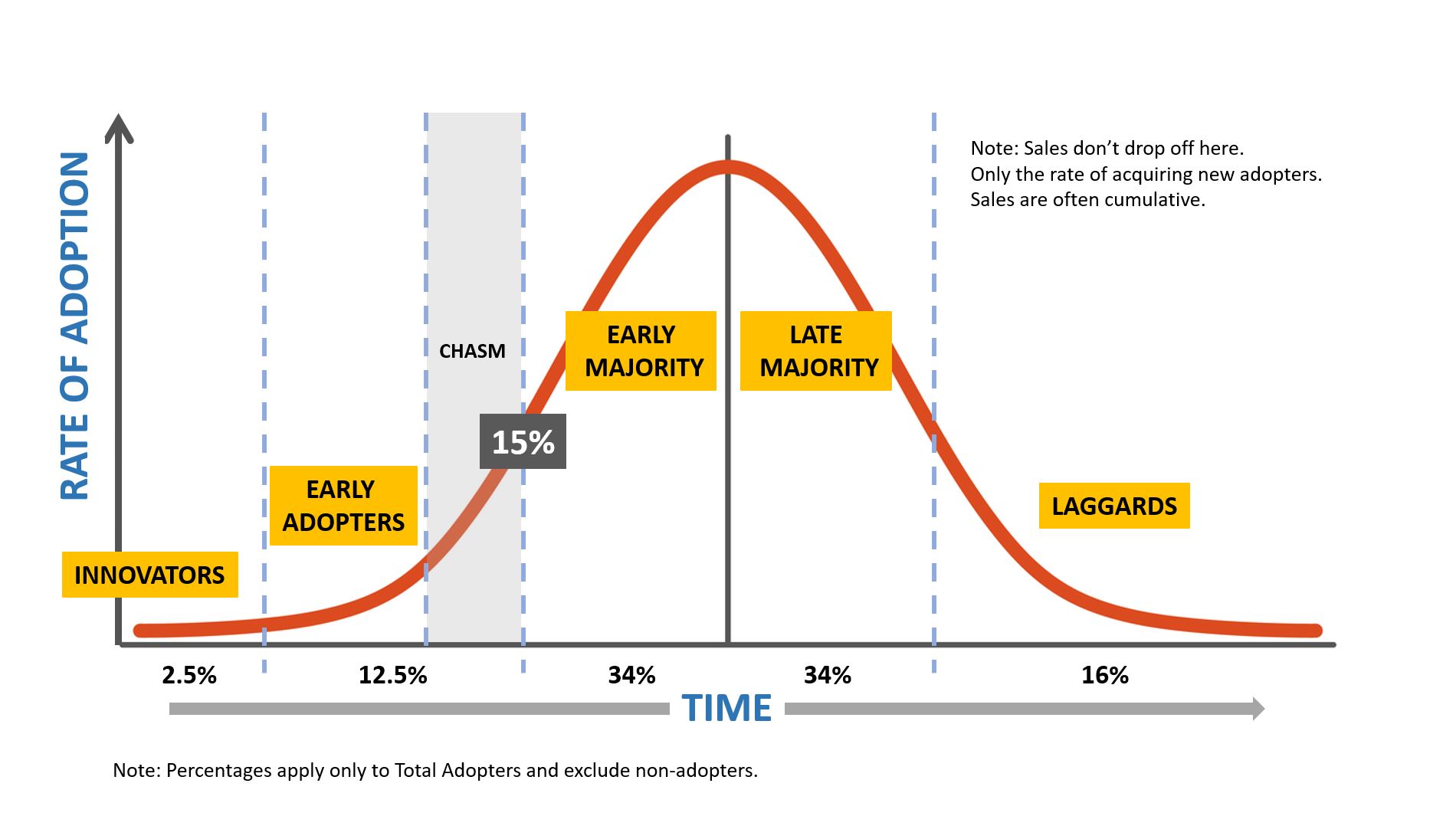12 May 2023
Product activation: creating tangible experiences that allow customers to explore and engage with the product firsthand.
In the context of marketing, "product activation" refers to the strategic process of engaging customers and stimulating their interest, enthusiasm, and interaction with a particular product or service. It involves creating experiences or campaigns that encourage customers to actively try, experience, and form a connection with the product, ultimately driving adoption, usage, and brand loyalty.

Virtual Reality: the new frontier of product activation
Product activation typically goes beyond traditional advertising or marketing communications by focusing on creating tangible experiences that allow customers to explore and engage with the product firsthand.
"Tangible" effectively means having the potential customer physically in contact with the product so they can see it, touch it, physically interact with it, and often ask questions about it face-to-face with a company representative.
This can be achieved through various tactics, such as trade shows, experiential marketing events, product demonstrations, free trials, interactive displays, immersive brand experiences, or targeted promotions.
The objectives of product activation include:
-
Creating Awareness: Product activation initiatives aim to generate awareness and buzz around a product, ensuring that the target audience becomes familiar with its features, benefits, and value proposition.
-
Driving Trial and Adoption: By providing opportunities for customers to directly experience and use the product, product activation seeks to encourage trial and facilitate the adoption process. This helps potential customers overcome any barriers or hesitations they may have and motivates them to make a purchase or start using the product.
-
Enhancing Engagement: Product activation campaigns aim to foster active engagement with the product, enabling customers to fully understand its capabilities, functionalities, and unique selling points. This engagement helps build a deeper connection between the customer and the product, increasing the likelihood of long-term usage and brand loyalty.
-
Generating Word-of-Mouth: Effective product activation initiatives create memorable experiences that customers are likely to share with others. Positive word-of-mouth generated through these experiences can significantly impact brand awareness, credibility, and customer acquisition.
-
Collecting Feedback and Insights: Product activation activities provide opportunities for companies to gather valuable feedback and insights from customers. This feedback helps in refining the product, identifying potential areas for improvement, and understanding customer preferences and usage patterns.
Overall, product activation is a strategic approach that aims to go beyond traditional marketing methods by actively involving customers in the product experience. By providing opportunities for direct interaction, companies can create meaningful connections, drive adoption, and foster brand loyalty, ultimately contributing to the success and growth of their products in the market.
Product launches and the diffusion of innovation

Diffusion of innovation: stages in the product lifecycle
Product activation is often used to accelerate the adoption of a new product through encouraging early trial particularly by those members of a target market who are innovators and early adopters.
The diffusion of innovation theory (or model) - first proposed by Everett Rogers in 1962, observes that before an individual adopts an innovation, they need to first evaluate it, this takes effort to learn. As their knowledge increases, they reach a point where they can make a decision. This will vary for each innovation. Evaluation will also consider cost and risk. Thus, the pace of diffusion of innovation and the communication strategy needs to be informed by these factors.
Factors which affect the speed with which innovations are adopted include: relative advantage, compatibility, complexity, trialability and observability.
Product activation addresses several of these factors and can be an important tool for introducing a new product to a target market (usually supported by other forms of communication).
Read more about Product Lifecycle and The Diffusion of Innovation.
By Justin Wearne.
